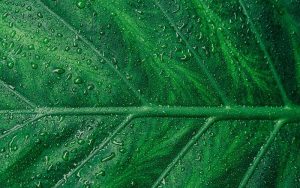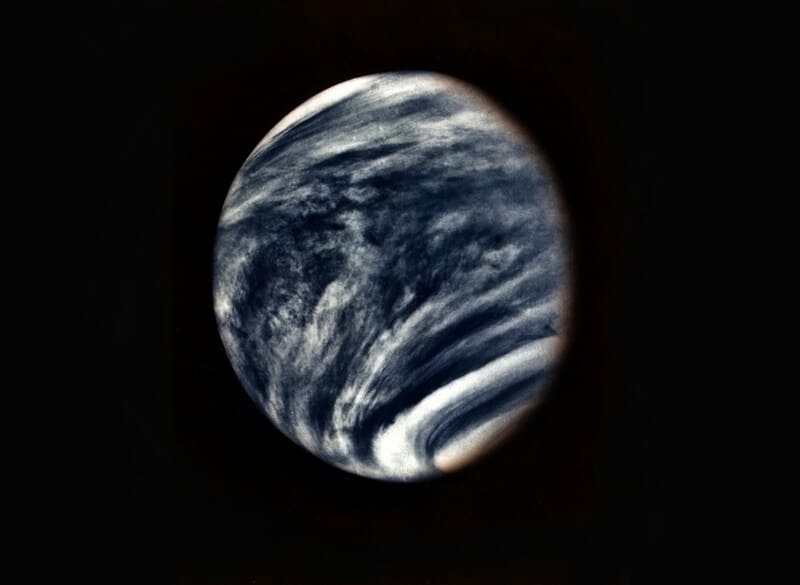Fungi and plants have some clear similarities and differences on their surface. They grow in similar environments, are immobile, rely on outside forces to scatter their seeds or spores, and have edible and toxic species. On the other hand, plants have bright green leaves and seem to bring their surroundings to life; fungi appear more drab and cause many things to decay or look dead.
For a long time, these were considered closely related lifeforms, but nowadays they’re classified as distinct, independent categories of living organisms. So, what differentiates fungi from plants? How do those differences define the way they function in the environment? Let’s get to the roots of these questions by discussing three key differences between these two major categories of life.
Fungi and Plants Have Different Cellular Structures
For centuries, taxonomists classified fungi as members of the plant kingdom since the organisms were immobile, had rigid cell walls, and grew in similar places and lived in similar ways as plants did. Advances in scientific equipment and research methods enabled scientists to better analyze the many differences between these organisms, including their cellular structures, means of getting food, and roles in their ecosystems. In the 1950s, ecologist Robert Whittaker successfully advanced his theory that fungi form a distinct kingdom separate from plants.
Plant and fungus cells both have clearly defined nuclei and feature cell walls: thin, hard shells that help them retain their shapes. Plant cell walls are made of cellulose, sugars that stimulate cell division and strengthen stems, leaves, and branches so they can grow and thrive. Fungus cell walls, however, are made of chitin, a hard, dynamic material that protects cells from osmotic pressure and environmental stress; chitin is also what makes up butterfly wings, beetle skeletons, and giant squid beaks.
They Get Their Food in Different Ways
Plants produce their own food via photosynthesis. The green pigment chlorophyll in their leaves allows them to absorb sunlight and convert it into sugars and energy. They use this energy in order to grow; they also store their food in the form of glucose in their stalks and fruit.
Fungi, however, can’t produce food on their own; instead, like animals, they have to get it from their surroundings. They absorb nutrients from the substrates (underlying layers) or substances they live on, such as soil, fruit, bread, or animals. They use chemicals to digest food in their environments before absorbing it into their bodies, the opposite of how many animals first eat and then digest food inside their bodies to get the nutrients they need.
They Play Different but Equally Important Ecological Roles
Since they get and use energy in different ways, these types of organisms also fill different roles in their environments. As they produce their own energy by absorbing sunlight, plants serve as important food sources and habitats for many kinds of wildlife, including birds, mammals, amphibians, and fungi such as mushrooms and mold. They also help keep environments healthy: they purify the air by absorbing toxic gases and releasing oxygen.
As they can’t produce food on their own, fungi get nutrients from their hosts via parasitic or mutualistic symbiotic relationships. Mycorrhizae describe beneficial relationships where fungi that grow on plant roots help their hosts absorb nutrients from the soil and get sugars from their hosts in return. Many fungi that are decomposers feed on other organisms’ dead and decaying matter. By breaking this matter down into carbon, nitrogen, oxygen, and more, they provide essential nutrients that other living organisms need to survive and also recycle these nutrients back into the soil for future use.
Final Thoughts
Although they may appear to be closely related organisms, a deeper examination of plants and fungi shows that their biological makeups and ways of getting food make them quite different. Despite their differences, though, both of these types of lifeforms help support other forms of life and keep their ecosystems healthy. Life is huge, complex, and diverse; it’s worth acknowledging and appreciating that diversity at all levels, including the botanical and mycological ones.
For More Great Content
Total Apex is an all-encompassing content producer. We provide heavily detailed articles every day on entertainment, gaming, sports, and so much more! Check out all our great sports content at Total Apex Sports. Check us out on X @TotalApexEandG and our other sites: Total Apex Sports Bets and Total Apex Fantasy Sports.










